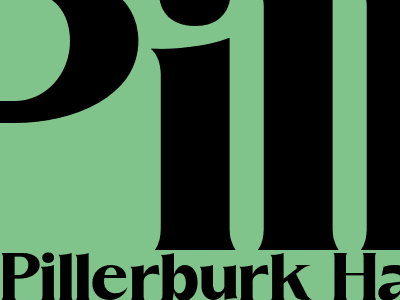How to Craft the Perfect Blog Post for Search Engines and Readers
Understanding Search Engine Optimization (SEO)
SEO is the process of optimizing your website's content and structure to improve its visibility and ranking in search engine results pages (SERPs). By following SEO best practices, you can increase the chances of your blog post appearing on the first page of search results, driving more traffic to your website.
Keyword Research
The first step in optimizing your blog post for SEO is to conduct keyword research. Identify relevant keywords that your target audience is likely to search for. Incorporate these keywords naturally into your blog post's title, subheadings, and content.
Creating High-Quality Content
Beyond SEO, creating high-quality content is crucial for engaging readers and building a loyal following. Your blog post should:
- Provide valuable information: Share insightful knowledge, tips, or solutions that resonate with your target audience.
- Be well-written: Use clear and concise language, avoiding jargon and passive voice. Proofread carefully for errors.
- Be structured: Organize your blog post into a logical flow, using headings, subheadings, and bullet points to enhance readability.
Optimizing for Blogger.com
Blogger.com, owned by Google, is a popular platform for blogging. By adhering to Blogger.com's policies, you can optimize your blog post for search engines:
Title and Description Tags
Use the title tag to craft a compelling headline that accurately represents the content of your blog post. The description tag provides a brief summary that encourages readers to click on your link.
Labels (Categories)
Categorize your blog post using relevant labels. This helps search engines understand the topic of your post and group it with similar content.
Header Tags
Use heading tags (
, , , etc.) to structure your blog post and make it easier for search engines to identify important sections. Image Optimization
, etc.) to structure your blog post and make it easier for search engines to identify important sections. Image Optimization
Include relevant images in your blog post to enhance visual appeal and user engagement. Optimize images by using descriptive file names and alt tags.
Conclusion
By following these best practices, you can craft a blog post that is both SEO-friendly and engaging for readers. Remember to focus on creating high-quality content that provides value to your audience, and adhere to Google and Blogger.com policies to maximize your visibility in search results.

Komentar